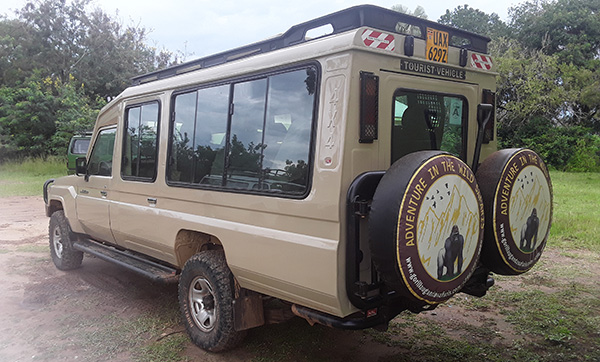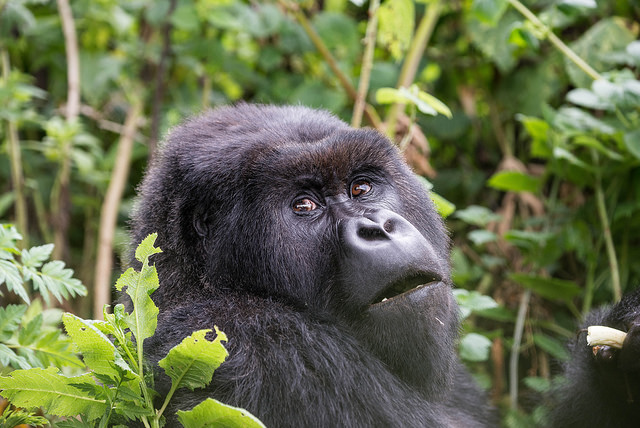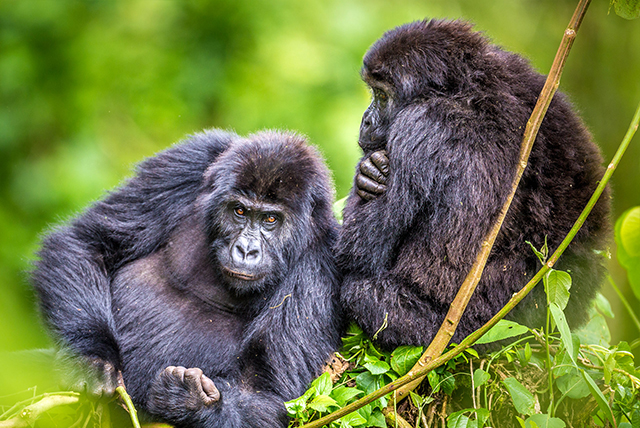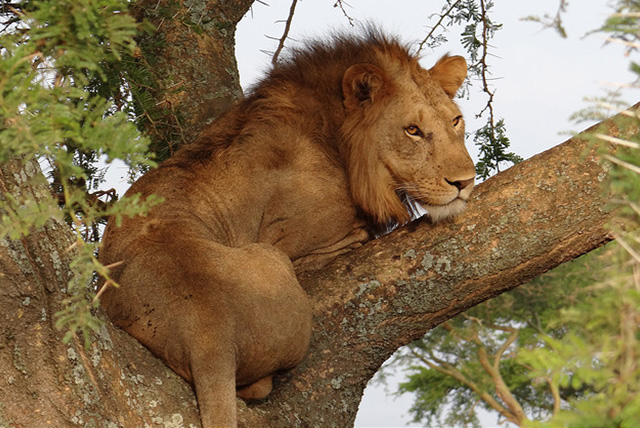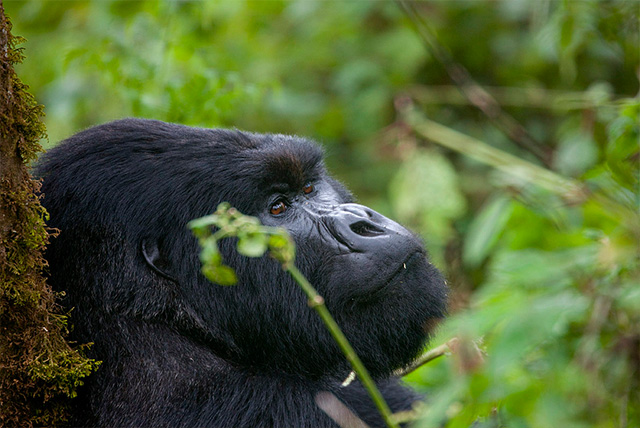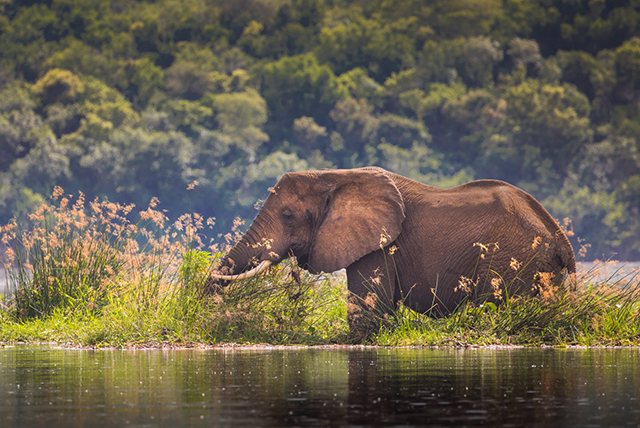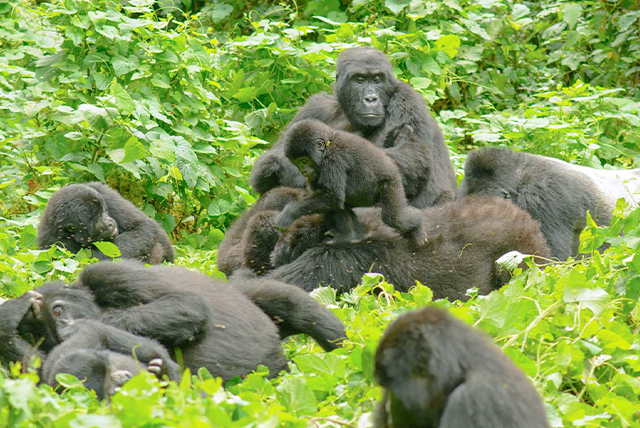Facts About Zambia
Considering a journey to Africa? Discover the enchanting wonders of stunning Zambia, where the renowned Victoria Falls awaits, alongside expansive wetlands along the Zambezi River, captivating history, and the unique legacy of Emil Holub in this sub-Saharan gem.
1. Zambia is home to a rich tapestry of over 70 spoken languages.
In Zambia, English is widely spoken due to its history as a former British colony, but it is far from being the only language that fills the air. In contrast, Zambia is home to around 73 tribes, each boasting its own unique language. In the more secluded areas and quaint villages, picking up a few essential words can be quite beneficial. Similar to “Litumezi”, a phrase that expresses gratitude among the Lozi tribe in Zambia’s Western Province.
2. Store your cutlery in the drawer
Have you ever come across nshima? This Zambian delicacy involves the exciting process of pouring maize flour into hot water. Nshima is a beloved Zambian dish, enjoyed daily and paired with a variety of meals. If you wish to blend in with the locals, avoid using a fork—nshima, like all traditional dishes, is meant to be enjoyed with your hands.
3. The Barotseland kingdom embarks on a quest for independence
Across Zambia, a vibrant network of traditional leaders, known as chiefs, thrives in the landscape. In the region of Barotseland, there exists a king known as the Litunga. This region once thrived with a remarkable sense of autonomy during the colonial era. After Zambia gained independence in 1964, Batoseland once more engaged in negotiations for special terms. In 2012, Barotseland boldly declared its independence from Zambia and embarked on a quest for its own state.
4. In Zambia, you will discover one of Africa’s largest wetlands.
In Barotseland, there exists a captivating natural occurrence. The Barotse Floodplain, nestled along the Zambezi River, is a vibrant habitat for approximately 250,000 inhabitants. They reside in huts on tiny islands nestled along the river. As the spring floods make their grand entrance, these individuals embark on a journey to new abodes, leaving behind their original homes that have succumbed to the rising waters. The transition unfolds with an age-old ceremony known as Kuomboka.
5. The roaring mist
The world recognizes them as Victoria Falls. But did you realize that one of the world’s breathtaking marvels still carries its original name? Long before Scottish explorer David Livingstone laid eyes on them and honored his queen with their name, the local Lozi tribe had already bestowed a name upon the majestic falls. They refer to them as Mosi-oa-Tunya, meaning Smoke that Thunders. Anyone who witnesses the roaring cascade, with the mist soaring high into the air, will grasp that the original name perfectly captures this marvel.
6. Czech explorer Emil Holub was the pioneer who charted the renowned falls
In 1875, the Czech explorer Emil Holub embarked on an exhilarating journey, tracing the path of David Livingstone to the breathtaking Victoria Falls. Even in just three days at the breathtaking site, he left a mark on history. Holub was the pioneer in creating the first intricate map of the area around the falls. To honor Holub’s remarkable journey, a statue of the intrepid explorer was unveiled in the town of Livingstone.
7. A historic refugee settlement can be found in Zambia, one of Africa’s oldest.
Zambia hosts approximately 80,000 refugees who have escaped the turmoil in the Democratic Republic of Congo, Angola, or Rwanda. In Zambia, people reside in vibrant cities or predominantly in dynamic refugee settlements like Mayukwayukwa. The latter was established in 1966, positioning it as one of the oldest refugee settlements in Africa. Nestled in the Western Province, this vibrant place is alive with a community of 14,000 residents. It is essentially a small town bustling with life, where the refugees run their own shops, restaurants, tailoring workshops, and an ICT centre.
8. Rather than the ocean, you can explore a stunning lake
Zambia is among the 16 landlocked nations in Africa. Here, you will discover the world’s longest freshwater lake, which also holds the title of the deepest in Africa – Tanganyika stretches an impressive 670 kilometres and plunges to a maximum depth of 1,470 metres. The waters of the lake embrace not only Zambia but also reach out to Tanzania, Burundi, and the Democratic Republic of Congo.
9. Caritas Czech Republic aids farmers and refugees in Zambia
Zambia is a country facing significant challenges due to climate change. Additionally, agriculture is a vital aspect of the local community, with a significant portion of the population relying on it for their livelihoods. Caritas Czech Republic is empowering Zambian farmers to tackle climate change, while bringing in agricultural innovations and effective farming techniques. We also assist refugees who are facing challenges in making a life for themselves in their new country. Caritas Czech Republic offers refugees opportunities for vocational training and scholarships, empowering them to achieve self-sufficiency. In the rural areas, we empower locals with financial knowledge, link farmers to buyers, and assist small entrepreneurs in expanding their businesses and creating more job opportunities.

